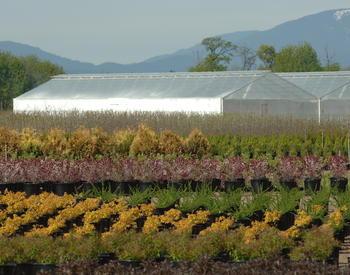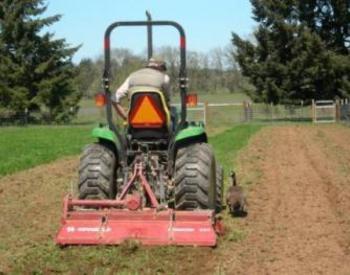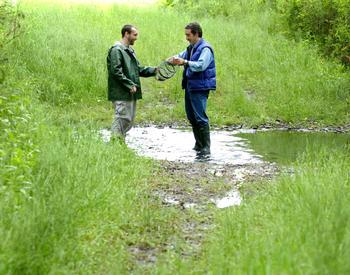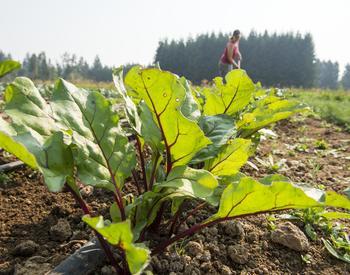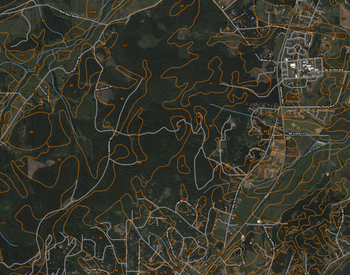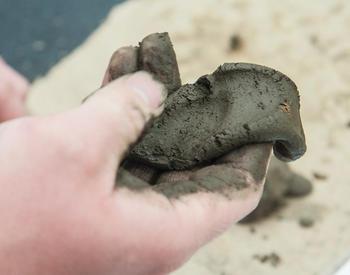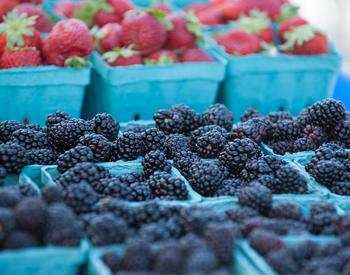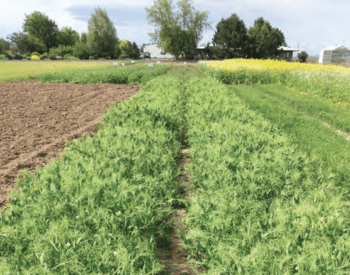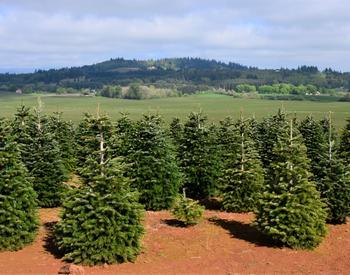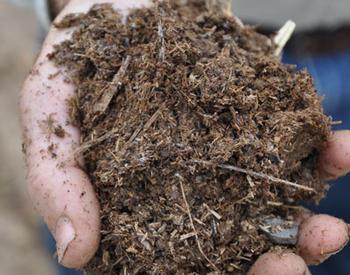Hardy succulents
What is a hardy succulent in the Willamette Valley?
- They will grow in zones ranging from 7b (5°F to 10°F), 8a (10°F to 15°F) and 8b (15°F to 20°F) in the Willamette Valley. Many can grow in zone 4b.
- The plant can survive in our very wet and cold winters and early spring conditions.
- Soil types: It needs to be fast draining or our winter/spring rains will cause the plant to rot. It also helps to have a nice thick layer of grit/gravel/pumice under the plant leaves to keep them off the wet soil. Clay and sandy loam can be used, but the clay must be amended to improve drainage.
- Clay: Add compost or make berms or raised beds with suitable soil.
- Sandy loam: Drains fast and provides lots of nutrients for succulents and their companion plants
- Containers: Use high-quality potting mixes and add one part (or more) of pumice to one part potting mix. Pumice is best to use. Also works very well for top dressing.
Types of hardy succulents
Sempervivum
Growing zone 4a. One of the toughest of the hardy succulents. They range in size from one-quarter inch across to up to 12 inches across a single rosette. They come in many textures and colors. There are thousands to choose from.
- Sempervivum: Rosettes producing offsets from stolons. Comes in many forms, from smooth leaves, velvety texture, arachnoideum (webbing), and everything in between. Blooms are star-shaped and come in colors of red, pink, cream and white.
- S. globiferum: Produces offsets with tiny/frail stolons that break away and roll away from the parent. Thus the nickname "roller." Blooms are campanulate and range from yellow to cream and almost white.
- S. heuffelii: Produces new rosettes from the same crown as the parent rosette. Blooms are campanulate and are yellow to cream and almost white.
- Orostachys and Rosularia are two other succulents that do very well in our growing conditions and have the same requirements as sempervivum.
Sedum
Growing zones vary from zone 4 and up, depending on the variety.
- Easily found Sedum: album, dasyphylum, divergens, spathulifolium, kimnachii, laxum, oreganum, spathulifolium and much more. There are too many to list; have fun searching for treasure.
- Phediumus, Petrosedum, Rhodiola and Hylotelephium. Many were at one time classified as Sedum.
Delosperma
Many great new varieties coming to market.
- D. cooperii is tough and blooms from spring until killing frost, vigorous grower.
- D. ‘Blut’ is very similar but is not as aggressive.
- D. ‘Jewel of Desert Grenade’ grows slowly and also blooms until frost.
- D. davyi is a favorite for its wonderful dark leaf color as a backdrop to sweet white blooms in the spring; a repeat bloomer if happy.
More hardy type succulents
- Phermaranthus calcynius
- Crassula setulosa
- Bergeranthus jamesii
- Lewisia 'Elise'
- Montiopsis umbelleta
- Prometheum aizoon
- P. chrysanthum P. pilosum
- Rhodiola pachychlados
Tender succulents
Some of the tender succulent types can survive our winters if given protection from the rain. Do not water them in the winter, leave them dry. The pumice will hold enough moisture to keep them healthy during the winter months.
Tender succulents to grow outside:
- Echeveria 'Lady's Choice'
- 'Topsy Turvey'
- 'Black Prince'
- E. Imbricata
- E. derenbergii
- E. minima
- Crassula ovata 'Gollum'
- Euphorbia clavariodes
- Aloe aristata
These are kept on a covered deck or against the house. No water during the winter. There are probably many more that can survive our winters if kept dry.
Companion plants
Bulbs, rhizomes and such
- Hardy oxallis (adenophylla, Iasiandra, braziliensis).
- Tulipa 'Little Beauty' species (clusiana, dasystemon, and more).
- Crocus 'Advance,' C. 'Spring Beauty,' C. 'Orange Monarch' and much more.
- Iris reticulate 'Pixie,' Shy,' 'Alas,' 'Rivulet,' 'Toro Canyon' — so many to choose from.
- Narcissus 'Baby Moon,' 'Diamond Ring,' N. bulbocodium, N. cantabricus, N. pseudonarcissus subspecies minor 'Midget,' Triteleia hendersonii, Spereklia formosissima.
Perennial companion plants
Choose plants that are drought-tolerant, do well in partial to full sun and have similar water needs.
- Achillea x lewisii ‘King Edward.’
- Anacyclus pyrethrum.
- Armeria ‘Cotton Tail,’ ‘Nifty Thrifty,’ ‘Rubrifolia.’
- Campanula portenschlagiana, C. punctate ‘Pink Octopus,’ C. garganica ‘Dickson’s Gold.’
- Cotula lineariloba.
- Eriogonum caespitosum.
- Dianthus ‘Tiny Rubies,’ ‘Star Double Pop Star,’ D. ‘Unique.’
- Euphorbia ‘Ascot Rainbow,’ ‘Blackbird,’ ‘Blue Haze,’ E. polychrome ‘Bonfire.’
- Saxifraga Alpino Early Pink Heart, S. ‘Whitehill.’
- Potentilla crantzii ‘Pygmaea,’ P. x tonguei.
Herbs
- Thymus x citriodorus (lemon thyme), T. vulgaris (culinary thyme), T. serpyllum ‘Elfin,’ T. praecox ‘Coccineus Group’ (red creeping thyme), T. praecox subsp. polytrichus (wooly thyme).
- Origanum vulgare subsp. hirtum (Greek oregano).
- Allium schoenoprasum (culinary chives), A. maximowiczii ‘Alba’ (ornamental), A. senescens ‘Glaucum.’
- Nasturtium
Sarracenia ‘Fat Chance’
This is not drought-tolerant and wants sun.
- Use a milk jug with the top cut off.
- Plant your sarracenia. For the medium, learn about alternatives to peat moss.
- Dig a hole in the bed and place the container in the hole.
- Place lots of grit/pumice as top dressing.
Protecting your new plants
- Ant traps.
- Bird netting (for birds, squirrels, deer, etc.).
- Child-, animal- and bird-proof slug bait (fall, end of winter and several times in the spring).
- Rubber snakes (you need to move them around every few days).
Plant sources in Oregon
- Dancing Oaks Nursery
- Joy Creek Nursery
- Perennial Obsessions
- SMG Succulents
- Wild Ginger Farm
- Youngs Garden Center
Soil and amendment sources
- Highway Fuel Company: Pumice by the bucket or you can buy in bulk. It has a full line of gardening products.
- GroundUpSoil: Pumice by the bucket or you can buy it in bulk. It has a full line of gardening products.
